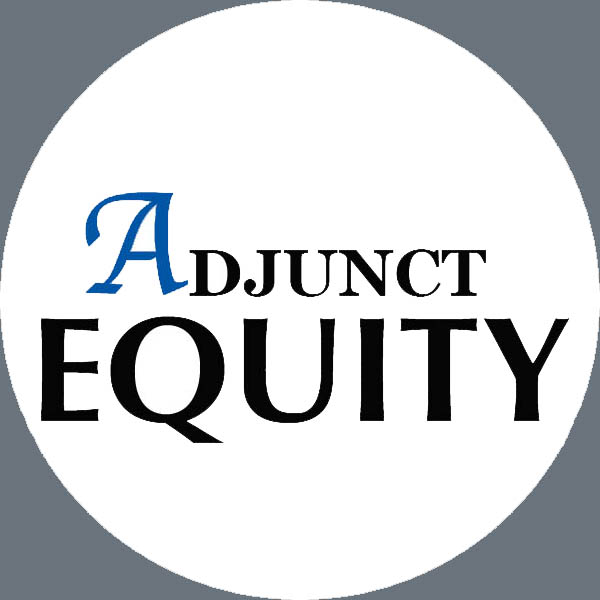Over the last couple of years, AFT 1931 members have heard a lot about the effort to get the Schools and Communities First measure on the ballot in California this November 3rd. Indeed, AFT Local 1931 members and students from the San Diego and Grossmont-Cuyamaca Community College Districts led the way and collected more signatures to get what is now Proposition 15 on the ballot than any other local in the state. While we should be proud of our efforts, much work remains to be done.
Background: Why Do We Need Proposition 15?
Ever since its passage in 1978, Proposition 13 has starved California’s schools and local governments of funding. While the measure was pitched as a way to keep individual homeowners from being buried by taxes, the real beneficiaries of Proposition 13 were not elderly folks or other vulnerable groups struggling to hang on to their homes, but super rich corporate property holders.
What most voters don’t know about Proposition 13 is that it gave huge commercial property owners like Disneyland the same tax break as your grandmother. In fact, rather than liberating homeowners, Proposition 13 shifted the property tax burden away from commercial property owners and onto individual households. As Robert Reich has noted, before the passage of Prop. 13, property taxes on houses accounted for 55% of property tax paid while commercial property contributed 45% of the total. Today, homeowners shoulder 72% of the tax burden versus only 28% for big commercial properties.
And even the benefits to the average homeowner are exaggerated, as Michael Hiltzik has pointed out in the Los Angeles Times, “most of the proposition’s benefits went to wealthier Californians –two thirds to homeowners earning more than $80,000, and most of that to those earning $120,000 and up.”
Researchers from USC have documented that as a result of the post-Prop. 13 property tax system, schools, cities, and counties have lost over $11 billion in revenue annually with 80% of the losses coming from the largest 8% of commercial properties. Thus, this corporate tax loophole put a huge hole in California’s finances that we have never recovered from. It’s why we are 41st in the nation in per pupil spending and dead last in teacher to student ratio for instance.
Indeed, the biggest legacy of Proposition 13 has been that California, despite being the world’s 5th largest economy, has schools, counties, and cities that frequently struggle with austerity, particularly during economic downturns. Another way of putting it is that Proposition 13, the spawn of right-wing backlash politics, was very effective at what folks like Reagan administration official David Stockman charmingly refer to as “starving the beast.” That is, preventing government from being effective by limiting resources and then calling for more cuts because of that ineffectiveness.
In recent years, Californians have shown more appetite for progressive taxes than for draconian cuts, as the passage of Propositions 30 and 55, with their temporary taxes on the rich to fund education, showed. Now, with Proposition 15 on the ballot in November, voters can finally address some of the glaring inequities that resulted from that ill-conceived initiative.
What Exactly Does Proposition 15 Do?
Proposition 15 will require that commercial property valued at more than $3 million be reassessed at fair market value every three years.
- This closes a loophole that large corporations have used for decades to avoid paying their fair share of property taxes.
- The richest 10% of corporate properties will provide 92% of the revenue.
- Prop 15 specifically exempts all residential properties and agricultural land, maintaining full Prop 13 protections for homeowners, renters, and agriculture.
Thus, when opponents of Prop 15 talk about it raising property taxes on individual homeowners or crushing small businesses, they are simply lying. The truth is that huge corporate property owners that have been taking advantage of this loophole for years want to avoid paying their fair share of taxes. So corporate-funded ad campaigns will be spewing falsehoods about Proposition 15 to protect the interest of companies like Chevron and the Disney Corporation.
With the potential of huge budget cuts to our schools and colleges on the horizon, the $12 billion of revenue annually will do a lot to help shore up education in California in the years to come. It would be a centerpiece of what we hope will be a just recovery from the current crisis. We don’t just want to stop cuts, we want to ensure our schools and colleges have a consistent, stable revenue stream to help build a better future.
What Can I Do to Help Pass Proposition 15?
*Tell your family, students, friends, and neighbors to vote Yes on 15. As educators, people trust us on educational issues as our successful campaigns to pass Props 30 and 55 illustrated. Commit to letting 10 people know how essential the funding Prop 15 will bring to our schools and communities will be for a better future in California.
*Sign a commitment card to register your support for this essential measure: https://cftvotes.com/yes-on-15
*Volunteer to phone bank to help get Proposition 15 passed this November: https://www.mobilize.us/schoolsandcommunitiesfirst/event/279105/
*For more information and resources on Propositions 15: https://www.cft.org/article/faq-what-will-prop-15-do






0 Comments